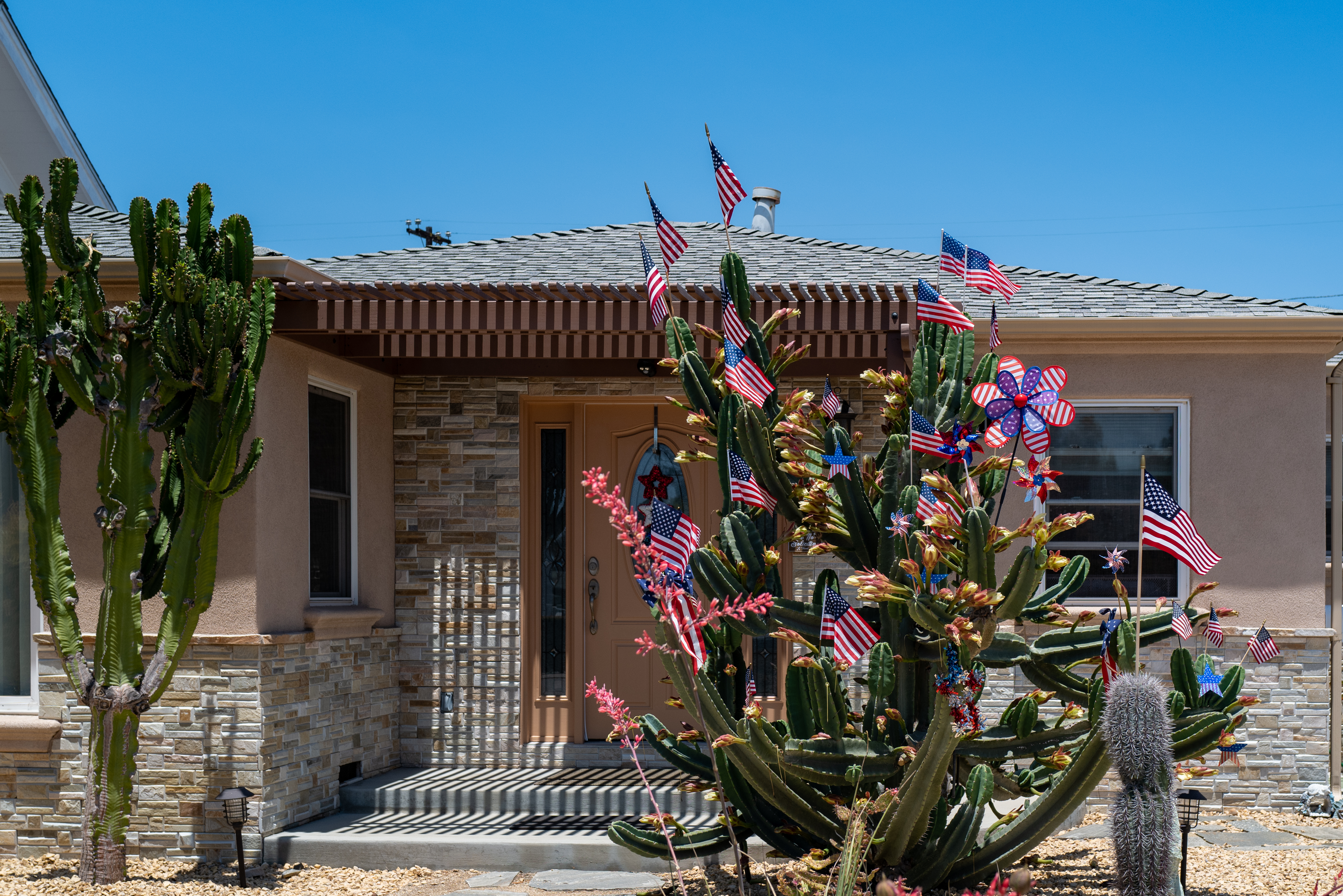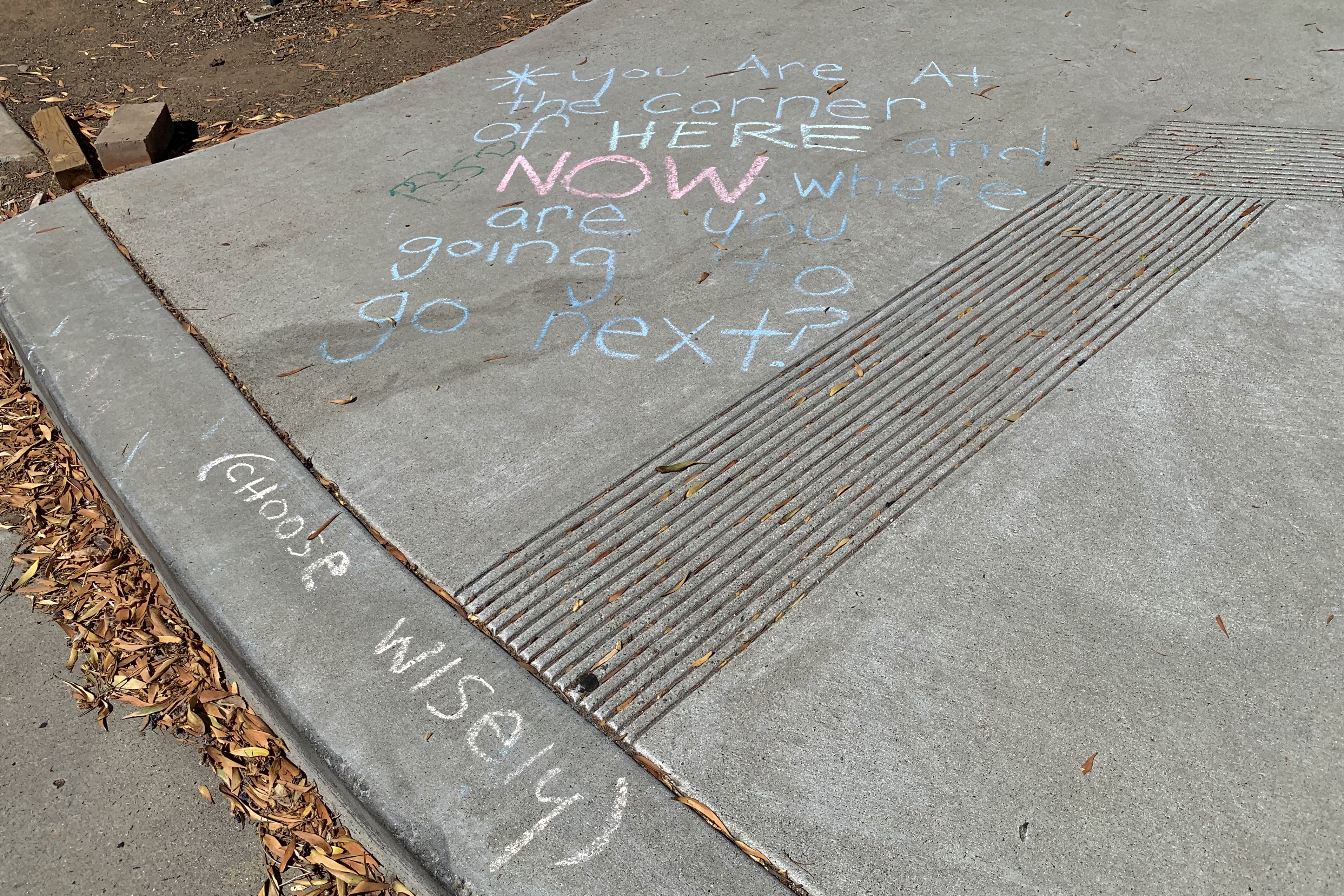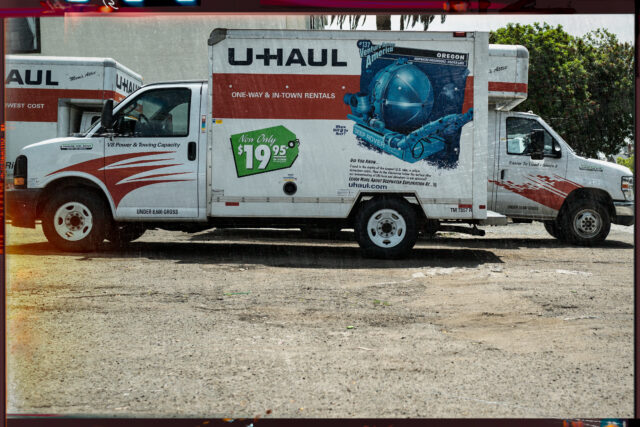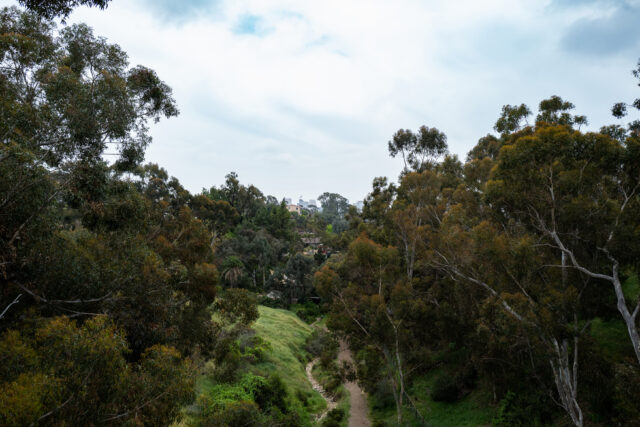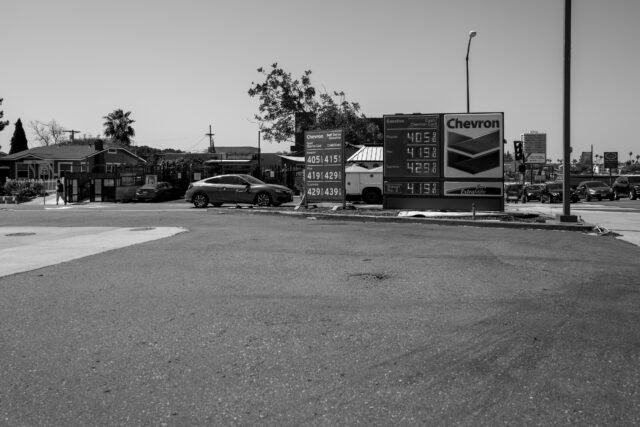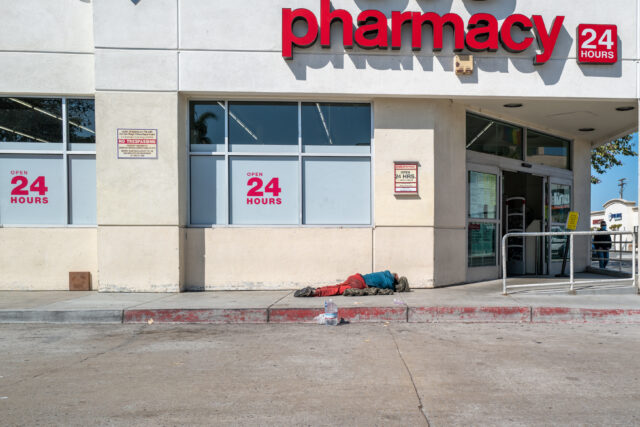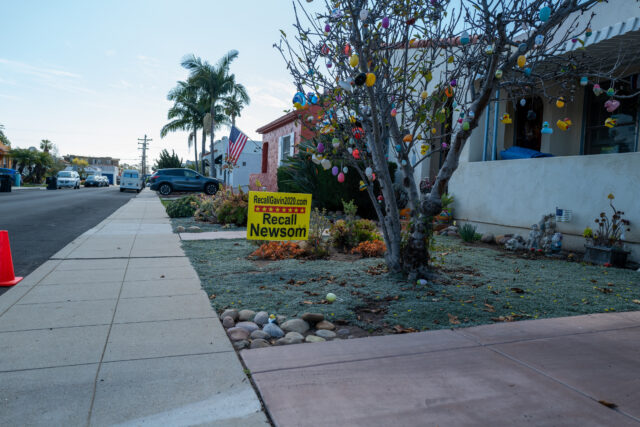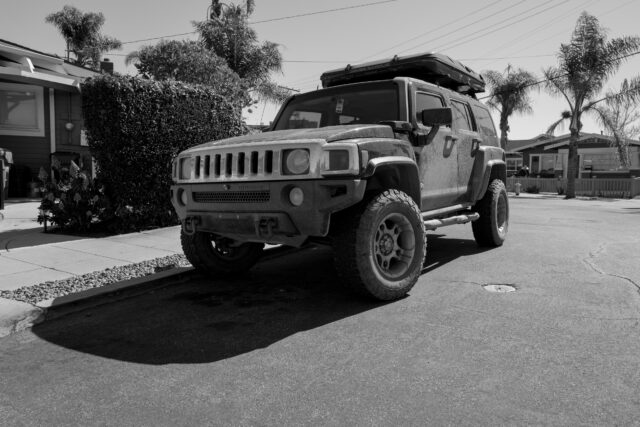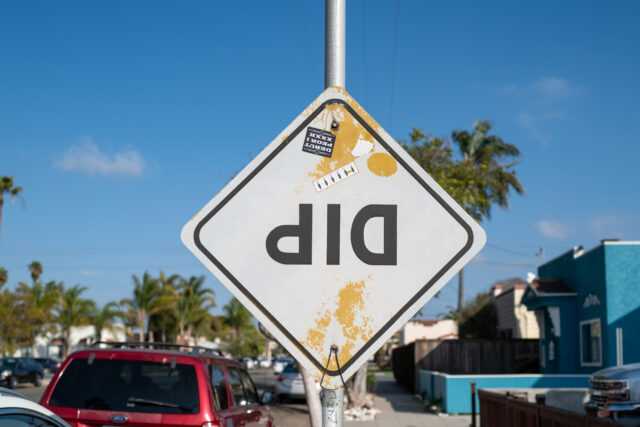One of our apartment’s main benefits: Abundance of urban wildlife visible from expansive windows. Directly across the street from my home office is a magnificent palm tree that is the block’s primary animal habitat. Dozens of birds, of various ilks, fly up into crevices throughout daylight hours all year long. Remember: San Diego is a climate of three Summer seasons: Early, Mid, and Late. Squirrels scurry up the trunk, chasing one another. Who knows what else lives there? Tomorrow, the city plans to remove the tree. I understand the reason but hate it.
According to University California San Diego, invasive, deadly South American Palm Weevils were “first detected in March 2016″—that’s locally. But agricultural experts identified the beetles’ encroachment along the Mexican border five years earlier. The insects essentially infest the heart of the palm crown, destroying it. The bad news from arborists Coastal Tree Care: “When left undetected, this damage is irreversible and will leave you with no choice but to remove your palm trees”. Judging from the topless trees I see in some of the canyons, and the speed with which the weevils appear to spread, infected trees must be destroyed as soon as they show symptoms. A month ago, the palm across the street looked normally healthy. No longer.

